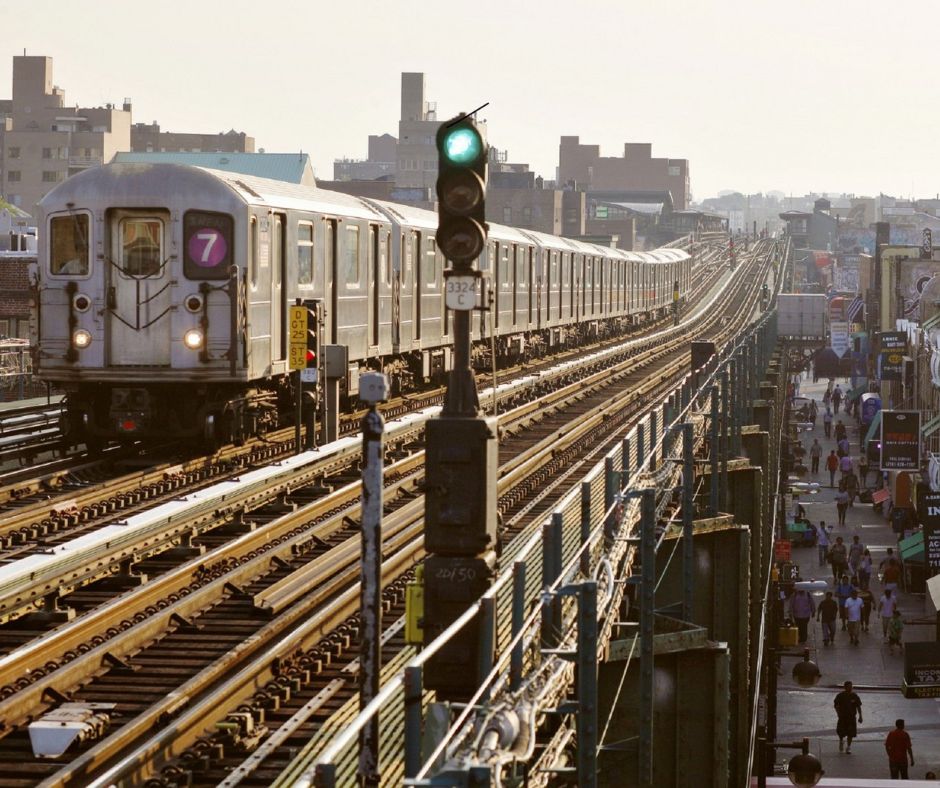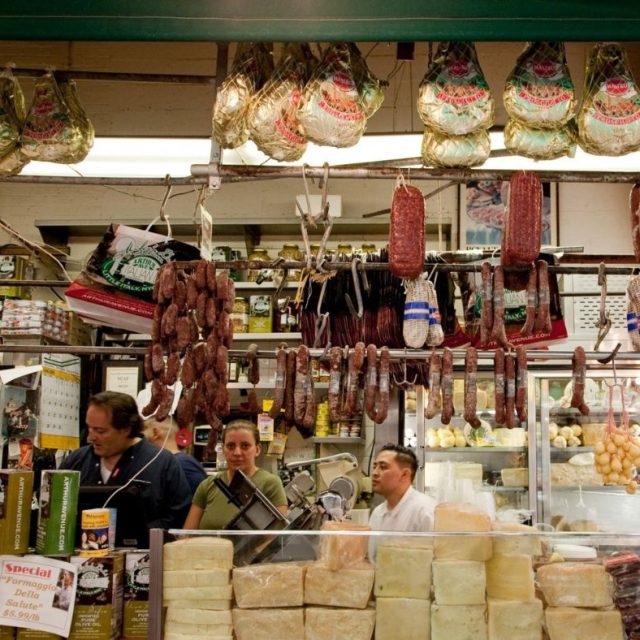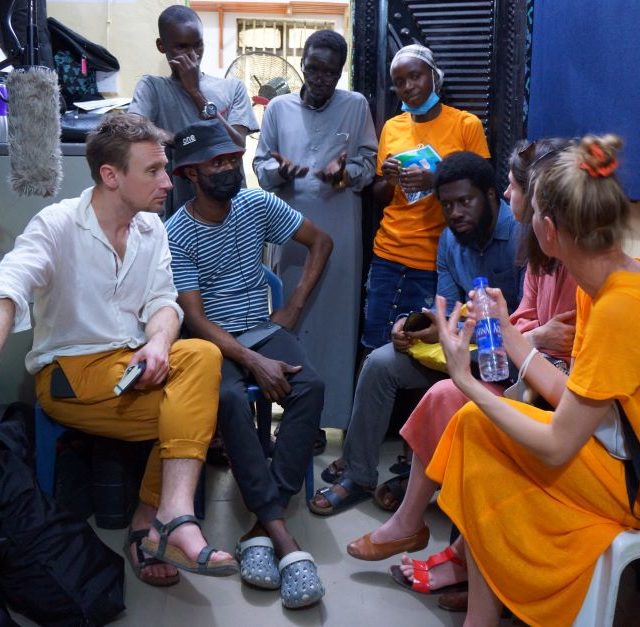Supporting Creativity: New York’s Investment in Arts Education and Cultural Equity
New York is the most populous city in the United States. It is the nation’s leading hub for culture, fashion and finance

Cultural Heritage
Since its founding as a Dutch trading post in the 17th century, New York City has served as a centre of commerce and one of the primary gateways for immigration to the United States. Beyond being the epicentre of finance and law in the United States, New York thrives as a hub for the creative industries, encompassing fashion, design, art, and advertising. The creative vitality behind this success finds its roots in New York’s diverse neighbourhoods, each of which has played a revolutionary role in the development of various art forms. These include Yiddish theatre in the Lower East Side, the birth of hip hop and graffiti in the Bronx, the emergence of pop art and punk rock in the East Village, and the flourishing of jazz and literature during the Harlem Renaissance. Beyond these globally influential art forms, art and culture continue to play a fundamental role in the daily life of New Yorkers, fostering community, vibrancy, and connections in every corner of the city.
Embracing Change
Like many cities worldwide, New York City has undergone profound transformations due to the Covid-19 pandemic. While no part of the city remained untouched, the impacts were particularly acute in the city’s creative economy. For the first time in history, Broadway’s theatres went dark indefinitely, closing completely between March 2020 and September 2021. According to data collected by the City’s Department of Cultural Affairs, New York’s cultural workforce lost over $1.5 billion in wages during the initial 15 months of the pandemic. This crisis disproportionately affected working artists of colour and smaller, BIPOC-led cultural organisations.
However, the city’s arts and culture community has also played a crucial role in guiding its recovery. The pandemic has transformed the city’s streetscapes, plazas, and parks, reaffirming the value of public space. The decline in commercial real estate in Manhattan, which is gradually rebounding, has, in some cases, strengthened the cultural fabric at a neighbourhood level throughout the five boroughs. The city has implemented a network of open and car-free sites, and the relaxation of restrictions on outdoor structures and dining has given rise to a new urban concept, the ‘streetery,’ activating the streetscape in nearly every corner of the city.
Nevertheless, the city currently faces significant challenges. Mayor Eric Adams, along with the new City Council elected in 2021, must address fundamental liveability issues, including rapidly rising rental prices, increased crime rates, and concerns about public safety. While the recovery is gaining momentum, it remains uneven.
Mayor Adams has introduced the “Rebuild, Renew, Reinvent: A Blueprint for New York City’s Economic Recovery” to outline his vision for guiding the city post-pandemic. The plan is structured around five strategic areas: 1) restarting the city’s economic engines and reactivating the public realm; 2) supporting small businesses, entrepreneurship, and a more equitable economy; 3) fostering inclusive sector growth and building a future-focused economy; 4) connecting New Yorkers to quality jobs and in-demand skills; and 5) constructing a foundation for inclusive growth, both now and in the future.

The Role of the Policymaker
Cultural policy in the city is formulated and managed by the City’s Department of Cultural Affairs (DCLA), the largest municipal funder of the arts in the United States. Other city offices, including the Mayor’s Office of Media and Entertainment, also play pivotal roles in shaping the city’s cultural policy. DCLA’s work supports over 1,000 nonprofit cultural organisations throughout the city.
In March 2022, Mayor Adams appointed Laurie Cumbo as the Commissioner of Cultural Affairs. Cumbo, a former member of the City Council representing Brooklyn’s 35th district, and the founder of the Museum of African Contemporary Diasporan Art, now oversees key aspects of Mayor Adams’ Economic Recovery Blueprint. Additionally, DCLA is in the process of implementing the CreateNYC Action Plan, which was first introduced in 2019. This plan responds to the ambitious research and recommendations laid out in the 2017 CreateNYC comprehensive cultural plan.
The Future
The objectives of the action plan include increasing equitable funding and support for culture, particularly in historically underserved communities; cultivating more inclusive practices within the cultural sector, both within DCLA itself and within arts organisations; strengthening connections between the cultural sector and government by integrating arts and culture into the city’s neighbourhood and resiliency planning, and leveraging DCLA support to create new pathways to other public funding and resources; and providing high-quality arts education for all New York City public school students.
The goals of the plan, originally laid out in 2017, have become even more pressing in the aftermath of the pandemic.
© Images Courtesy of Getty Images/Canva; City of New York





